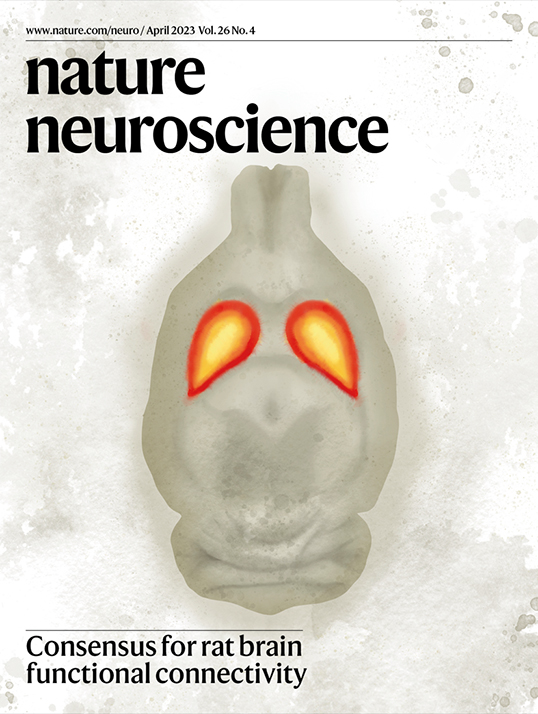
The Institute participates in the first consensus protocol for evaluation of functional brain connectivity in rats
The new protocol, published in Nature Neuroscience, defines the parameters for optimum identification of functional networks through resting-state functional magnetic resonance imaging (rs-fMRI).
Resting-state functional magnetic resonance imaging (rs-fMRI) is a non-invasive imaging method that allows for the observation of brain activation and the recognition of functional connectivity networks, such as the motor network or the visual network, among others, during periods of rest. This technique provides a means to examine the intrinsic activity and communication patterns within the brain, offering valuable insights into its functional organization.
For this reason, this technique is widely used in clinical research in disciplines such as psychiatry or neurodegenerative diseases.
The objective of the study, as presented in the publication in Nature Neuroscience, was to establish a universally applicable procedure for obtaining rs-fMRI data with the goal of enhancing the identification of functional networks. To accomplish this, the research commenced with a phase known as MultiRat, in which 46 institutions shared data from previous endeavors to determine the parameters that optimize the identification of these networks. Within this context, IDIBAPS made valuable contributions by providing data from two projects overseen by Guadalupe Soria, a distinguished member of the Institute of Neurosciences of the UB, which specifically focused on investigating alterations in connectivity patterns in models of Alzheimer’s Disease.



No Comments